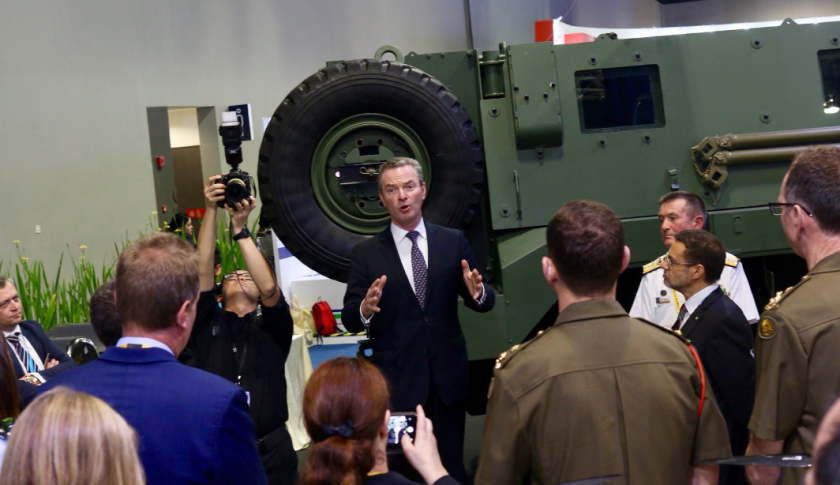Defence Minister Christopher Pyne has announced an updated list of Defence Innovation Hub investment priorities as part of the government’s $1.6 billion investment in domestic industry capability over the next decade.
To continue reading the rest of this article, please log in.
Create free account to get unlimited news articles and more!
Minister Pyne said the government was investing $1.6 billion in defence industry and innovation over the next decade, including $640 million to support the development of innovative technologies through the Defence Innovation Hub.
"The government’s approach to innovation in Defence is driven by its Defence Strategy, ensuring innovation investment is linked to our capability priorities," Minister Pyne said.
Investment priorities are reviewed on an annual basis. The Defence Innovation Hub is seeking proposals aligned with the six capability streams identified in the 2016 Defence Integrated Investment Program:
- Intelligence, surveillance, reconnaissance, electronic warfare, space and cyber;
- Key enablers;
- Land combat, amphibious warfare and special operations;
- Air and sea lift;
- Maritime and anti-submarine warfare; and
- Strike and air combat.
Within these six capability streams, the top three priorities for investment in the 2018-19 financial year, in priority order, are:
Priority 1: Intelligence, surveillance, reconnaissance, electronic warfare, space and cyber: These capabilities are critical to maintaining the Australian Defence Force’s decision-making superiority and ability to conduct operations safely and effectively.
This is a continuation from the previous financial year with a focus on ISREW enabling joint decision support, cyber and joint integration effects and the addition of social media exploitation, automated dynamic use of spectrum monitoring and switching, proximity electronic support/electronic attack (including development of EW open architectures) and artificial intelligence.
Priority 2: Key enablers: This is a continuation from the 2017-18 financial year with the removal of autonomous identification technologies and the addition of quantum technologies, IT automation, machine learning/cognitive computing, cloud adoption, alternative navigation and positioning, and rapid manufacture.
Priority 3: Land combat, amphibious warfare and special operations: This is a continuation from the 2017-18 financial year with a continued focus on potential special operations capabilities and the addition of enhanced human performance, robotics and autonomous systems.
Land forces require the mobility, firepower, protection and situational awareness capabilities to deploy quickly, achieve their objectives, and return home safely. Defence is seeking innovative proposals for leading-edge equipment to bolster ADF land forces in these capability areas, including amphibious warfare.
Further information about the investment priorities and innovation the Defence Innovation Hub is particularly seeking refer to www.business.gov.au/cdic/defenceinnovationpriorities.
"The Defence Innovation Hub has made significant progress since its launch in December 2016, receiving over 510 proposals and signing 59 innovation contracts with a combined value of more than $77.9 million. Around 85 per cent of the proposals align to the top three investment priorities I first announced at the 2016 Land Forces conference," Minister Pyne said.
Stephen Kuper
Steve has an extensive career across government, defence industry and advocacy, having previously worked for cabinet ministers at both Federal and State levels.

 Login
Login








